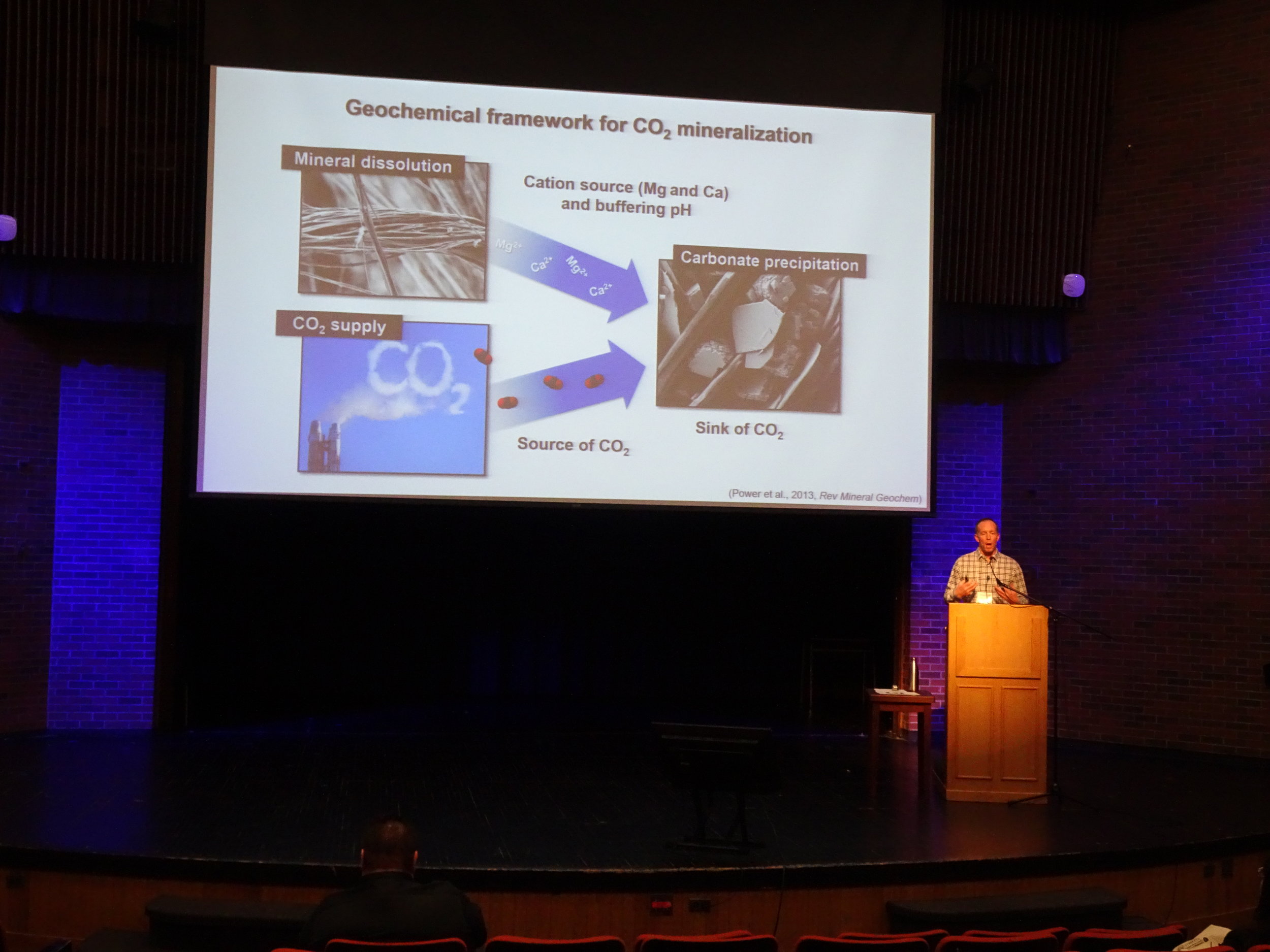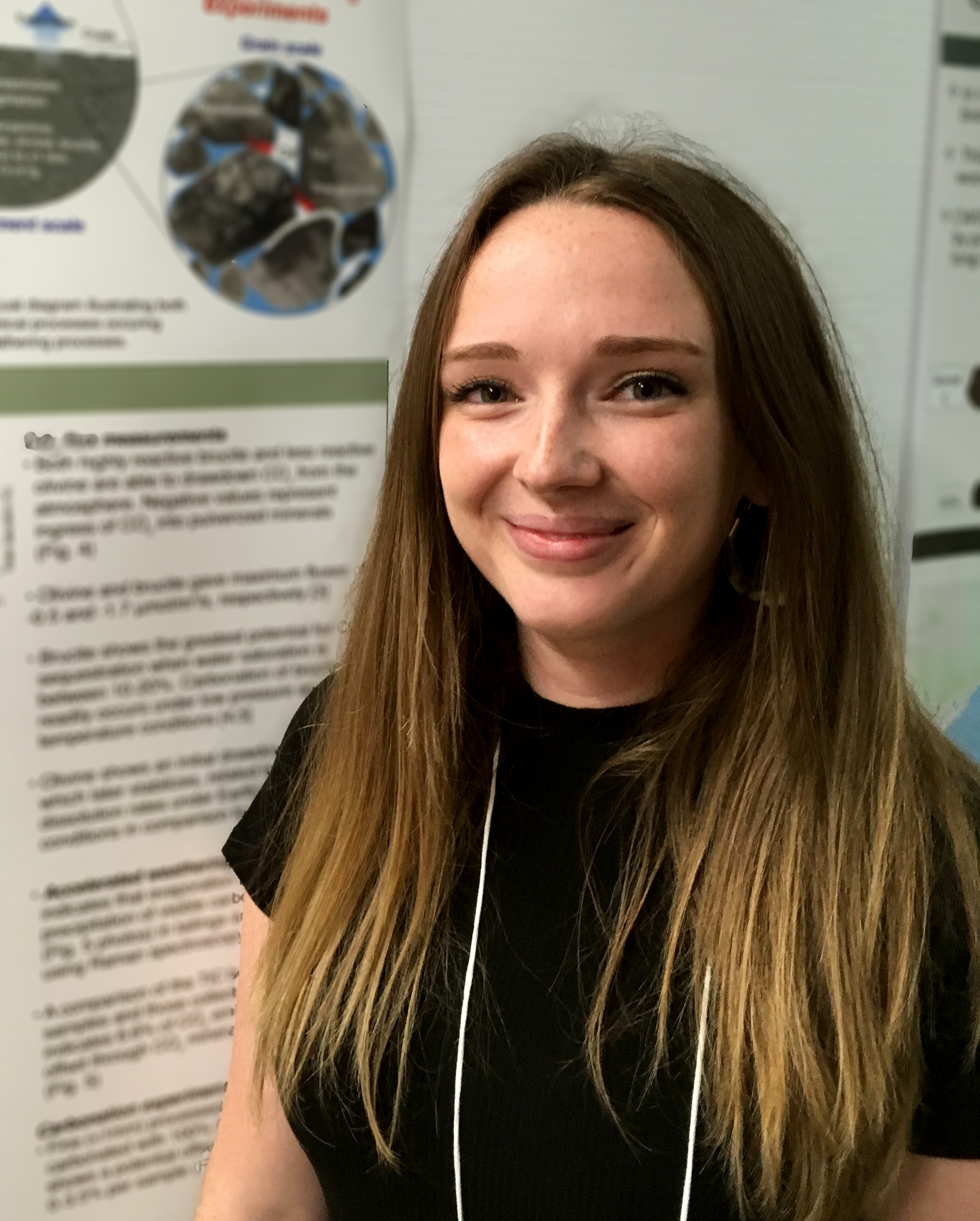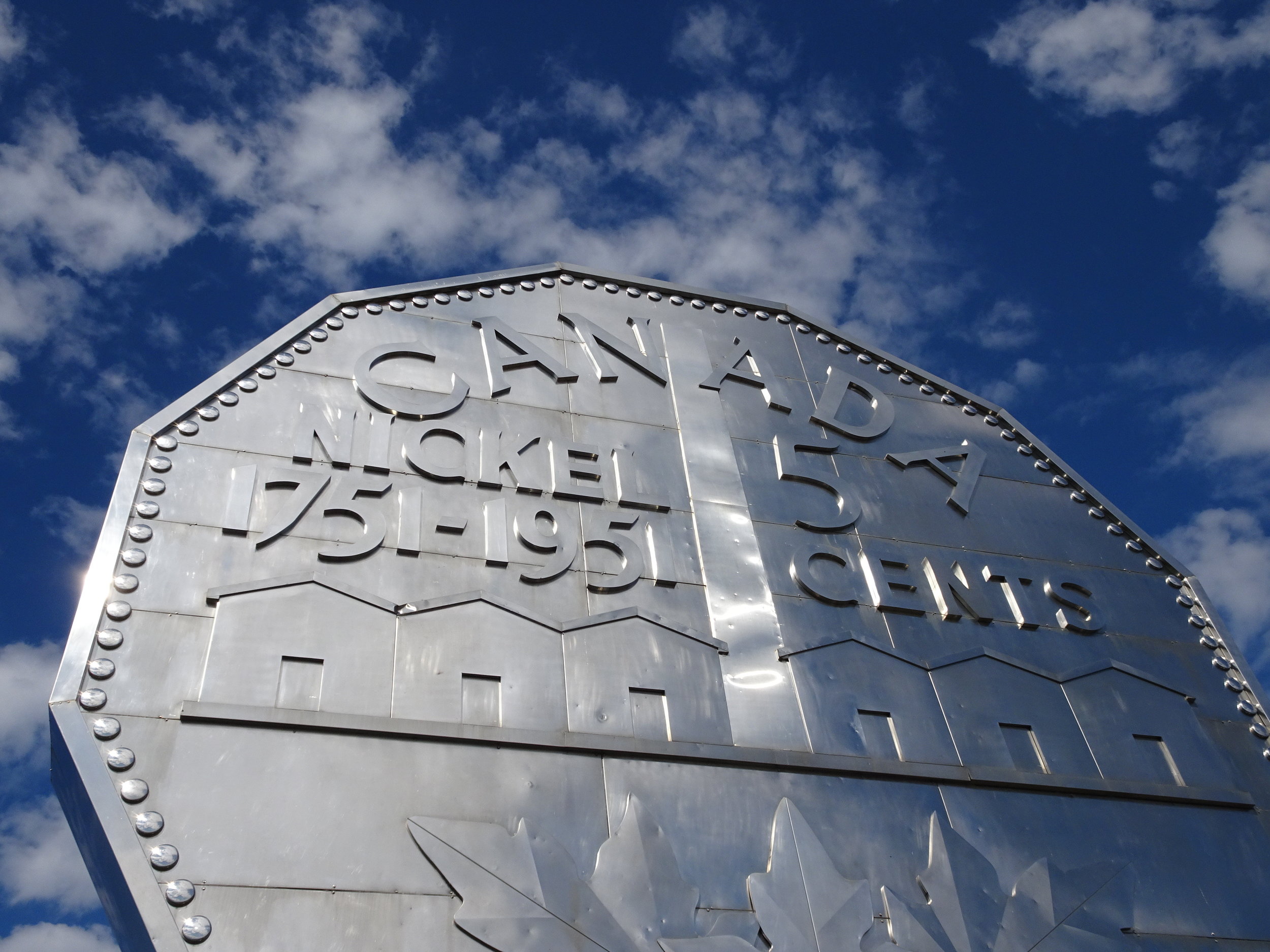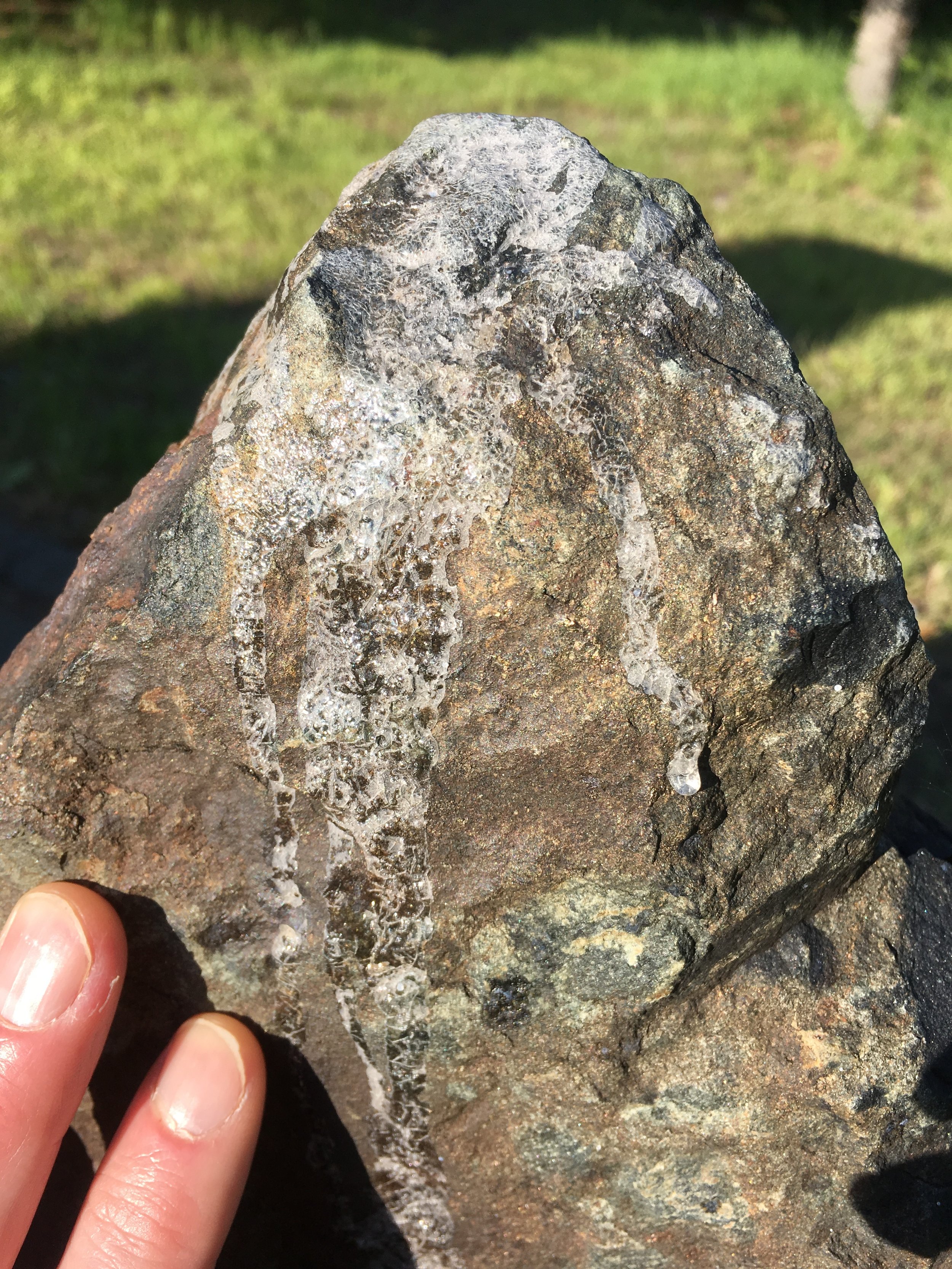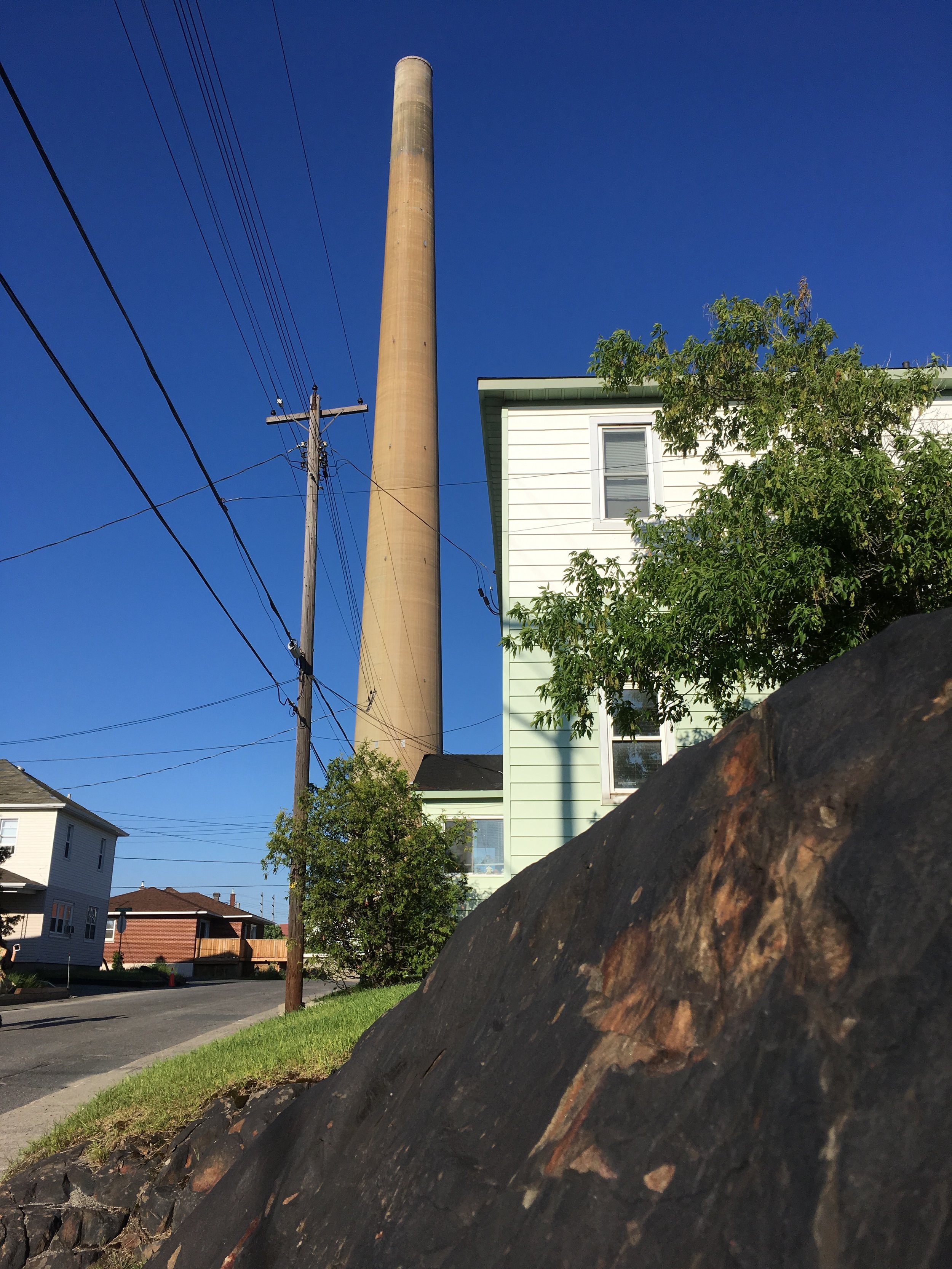Our lab group attended the Mining and the Environment Conference in Sudbury this week. We presented posters on direct air capture of CO2 into mine wastes and tailings cementation, and I gave an overview talk about our group’s research. Great thanks to the organizers for putting on a terrific conference. Sudbury has a long history of mining and the consequences of not dealing with sulphur emissions and mine tailings. Thankfully, a lot of progress has been made to reduce these emissions and manage mine wastes in an environmentally sound manner. This shining example of environmental progress demonstrates our ability to change when faced with a challenge. We need to do the same with greenhouse gas emissions!
Visited CLIMEWORKS
Toured CLIMEWORKS outside Zurich! Their innovative technology is capturing CO2 from the air! Also drank atmospheric CO2-infused sparking water and ate tomatoes and cucumbers grown in a greenhouse fed with captured CO2. This type of technology may be needed to remediate the atmosphere through carbon dioxide removal.
GRC - Carbon Capture, Utilization and Storage
Attending the Gordon Research Conference on Carbon Capture, Utilization, and Storage in Les Diablerets, Switzerland. World experts will be presenting technologies, opportunities, and challenges for sequestering carbon to combat climate change. Looking forward to a busy and productive week!
All the attendees of the GRC - CCUS in Les Diablerets, Switzerland.
Trent Graduate Students in Science!
Amanda played a key role in organizing the inaugural TGSS (Trent Graduate Students in Science) symposium to highlight all the amazing scientific research that graduate students are doing at Trent University! Congratulations to the organizing committee for putting together a fantastic day of science. I learnt quite a lot about all the fun things that other research groups are doing and look forward to next year’s event!
Earth magazine article
Timothy Oleson writes “Left undisturbed, carbonate minerals can naturally lock up carbon in a stable form for millions of years or longer. Triggering the formation of carbonate minerals is thus a promising means of removing and sequestering carbon dioxide from the atmosphere. In recent research, scientists uncovered new details about how one of Earth’s most stable, albeit slow-to-form, carbonates — magnesite — grows in nature and have found a way to accelerate its formation in the lab at room temperature. The results could aid in developing efficient carbon sequestration technologies.”
Read his article here. Read our publication in Crystal Growth & Design.
The top Phys.org articles of 2018
It was a fantastic 2018 for the PowerGeolab. Exciting to have our work featured on various websites after the Goldschmidt conference in Boston. Equally exciting to be mentioned in the Top Phys.org articles of 2018!
Amanda attends IIES in Hong Kong!
Amanda presented her research at the 2nd International Institute for Environmental Studies Graduate Students Forum at Hong Kong University of Science and Technology from November 1-4. Students from different institutions from around the world attended to discuss environmental issues including soil and water contamination and remediation. Amanda plans to attend next year to follow up on her research.
Minister Monsef visits PowerGeolab!
We were very honoured to have Minister Maryam Monsef (Peterborough - Kawartha) visit our laboratory as part of an announcement that the federal government is investing $2.4M for Trent University researchers as part of $558M national investment in the NSERC Discovery program. Minister Monsef stated that “Canada is a world leader in science, and the investments we are making today in Trent University will ensure researchers and students are able to pursue their dreams and come up with solutions to some of our most pressing challenges.” NSERC funding is vital to our research and supporting undergraduate and graduate research.
Inside Science on BBC Radio 4
Very excited to have been a guest on BBC Radio 4 Inside Science hosted by Gareth Mitchell. The interview was about the research on magnesite formation at room temperature that myself and Paul Kenward, Greg Dipple, and Mati Raudsepp recently published.
Goldschmidt press release on EurekAlert!
While attending Goldschmidt 2018, Tom Parkhill put out a press release based on my talk that I gave on behalf of Paul Kenward, Anna Harrison, Greg Dipple, and Sasha Wilson on our magnesite work and its implications for carbon sequestration. Our work characterized natural magnesite and determined its rate of formation in the Atlin playas, and secondly we were able to accelerate magnesite formation in the laboratory at room temperature using reactive surfaces. The story really took off and I had the great opportunity to be interviewed by BBC Radio 4 Inside Science, Sea Change Radio, Science News, Fast Company, and NBC News MACH. The story was also picked up by Forbes.com, Popularmechanics.com, Phys.org, Sciencedaily.com, USNews.com, and at least another 20 websites that I was able to find!
A truly humbling experience and happy to carry the CO2 mineralization flag for my “15 minutes of fame.” Thanks to all the contributors to this work as well as Tom and the journalists that help us scientists communicate our research to the public!
Hydromagnesite-magnesite playa near Atlin, British Columbia, Canada.
Naturally-occurring magnesite from Atlin playas.

